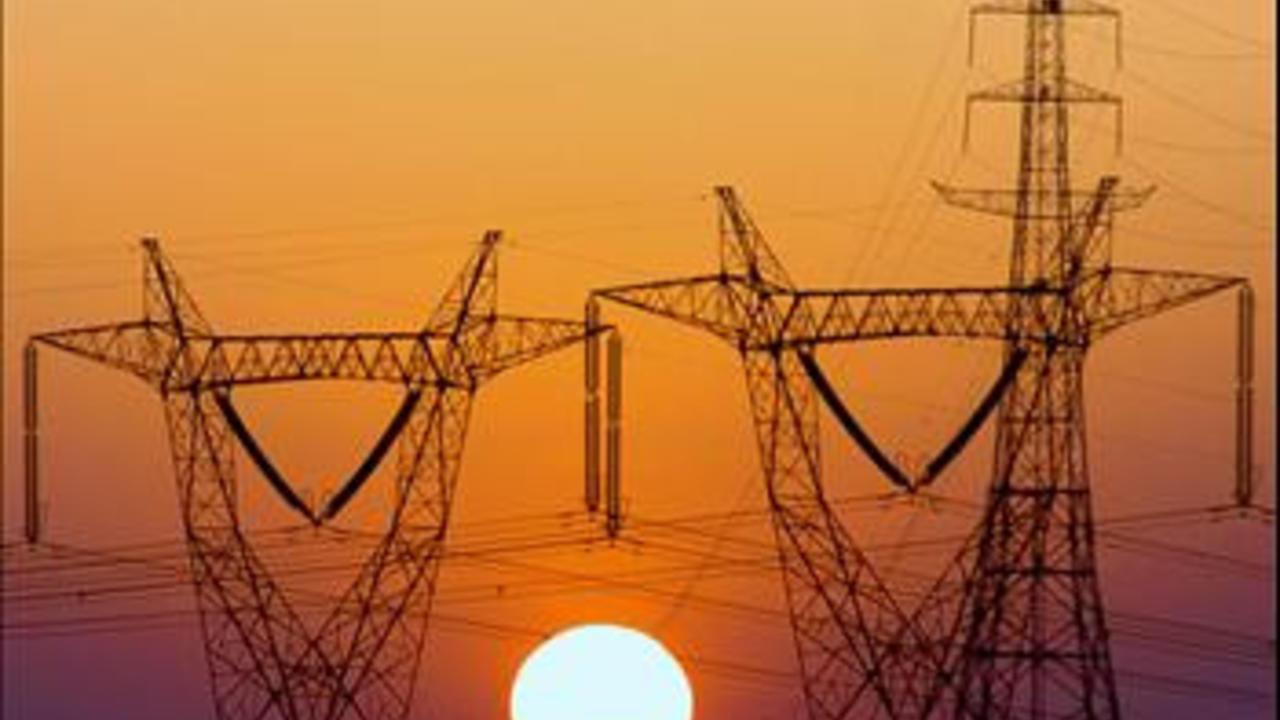Protecting the Power Grid: Utilizing the CARVER Target Analysis and Vulnerability Assessment Methodology to Comply with NERC CIP-014 Regulations

By Leo Labaj and Bruce Barnes
As a nation, the United States has become addicted to the steady and dependable delivery of electrical power. Without electricity the world, as we know it, would cease to function (imagine no lights, television, cell phones, computers etc.). The US Power Grid is enormously complex and consists of over 11,000 generation facilities, in excess of 200,000 miles of high voltage transmission lines, and thousands of substations. As such, the energy sector is considered the most critical of critical infrastructure and is arguably the backbone of our modern society, due to critical dependencies and interdependencies with other utility sectors.
With today’s heightened risk of terrorist attacks, threats to the energy sector have been increasing, and it is only a matter of time before a major attack is conducted directly against an electric utility or indirectly against the community it serves. For those malicious individuals or groups who seek to inflict har...
The White Elephant - Chemical Facilities as Soft Targets of Attack

By Luke Bencie
Chemical facilities are soft targets of attack. According to the Center for Chemical Process Safety (CCPS), every facility must engage and implement a comprehensive physical protection program. The decision to implement a physical protection program at a chemical facility, regardless of the elements employed, is made out of the realization that there is a threat, which must be controlled. The design of a physical protection system must first consider the range of events potentially confronting the site or asset to be protected then consider what the consequences of loss or compromise would be and what it might take to deter and prevent such acts from occurring. Once installed and operational, the system must be constantly reviewed to determine if changing threats impact the system now in place.
What initially follows is an executive overview from the American Institute of Chemical Engineers Guidelines for Analyzing and Managing the Security Vulnerabilities of Fixed ...
A 6-Part Tool for Ranking and Assessing and Risks

One of the most overused expressions thrown around by wannabe “Wall Street Rambos” is business is war. But sometimes war tactics really can help in business.
Among these tactics is CARVER, a system for assessing and ranking threats and opportunities. Developed during World War II, CARVER (then one letter shorter and known as CARVE) was originally used by analysts to determine where bomber pilots could most effectively drop their munitions on enemy targets. It can be both offensive and defensive, meaning it can be used for identifying your competitors’ weaknesses and for internal auditing. In addition, many security experts consider it the definitive assessment tool for protecting critical assets. In fact, the U.S. Department of Homeland Security has recommended it as a preferred assessment methodology. (One of us, Luke, is so enthusiastic about CARVER that he cowrote a book on it.)
More recently, CARVER has converted a new community of believers in the business world, including CEOs...


